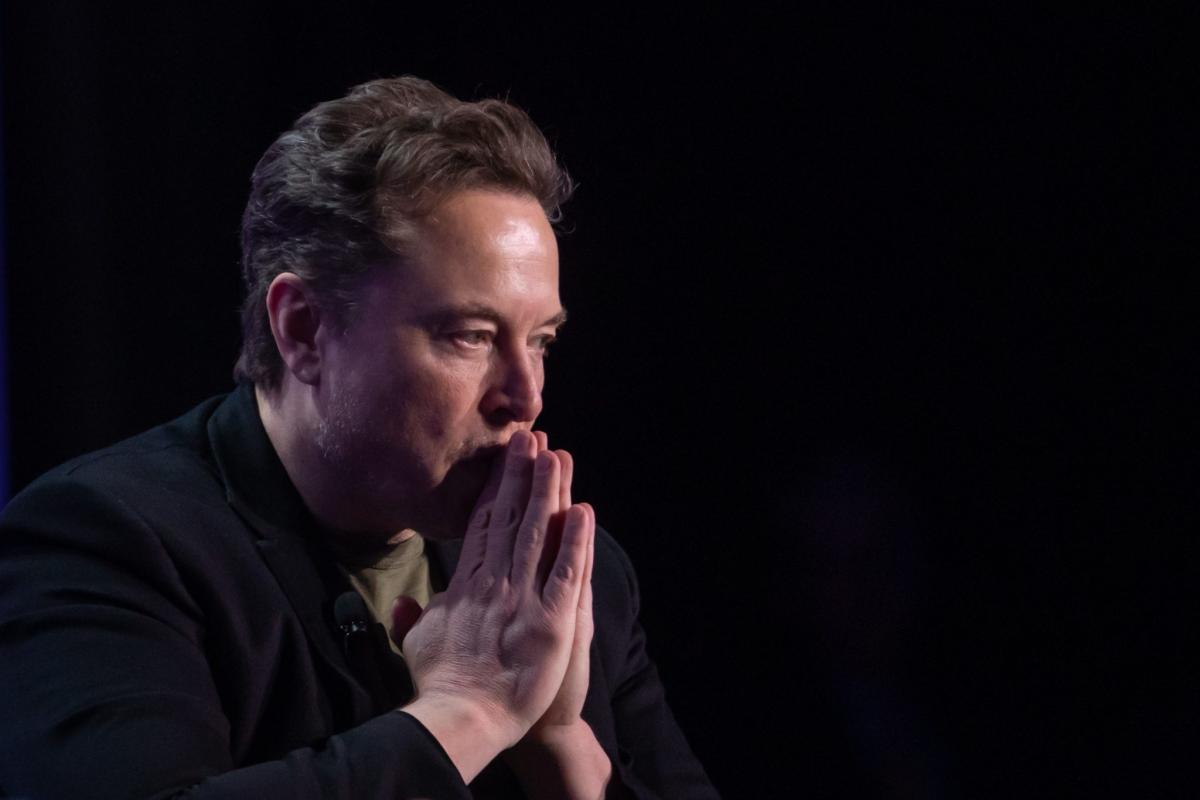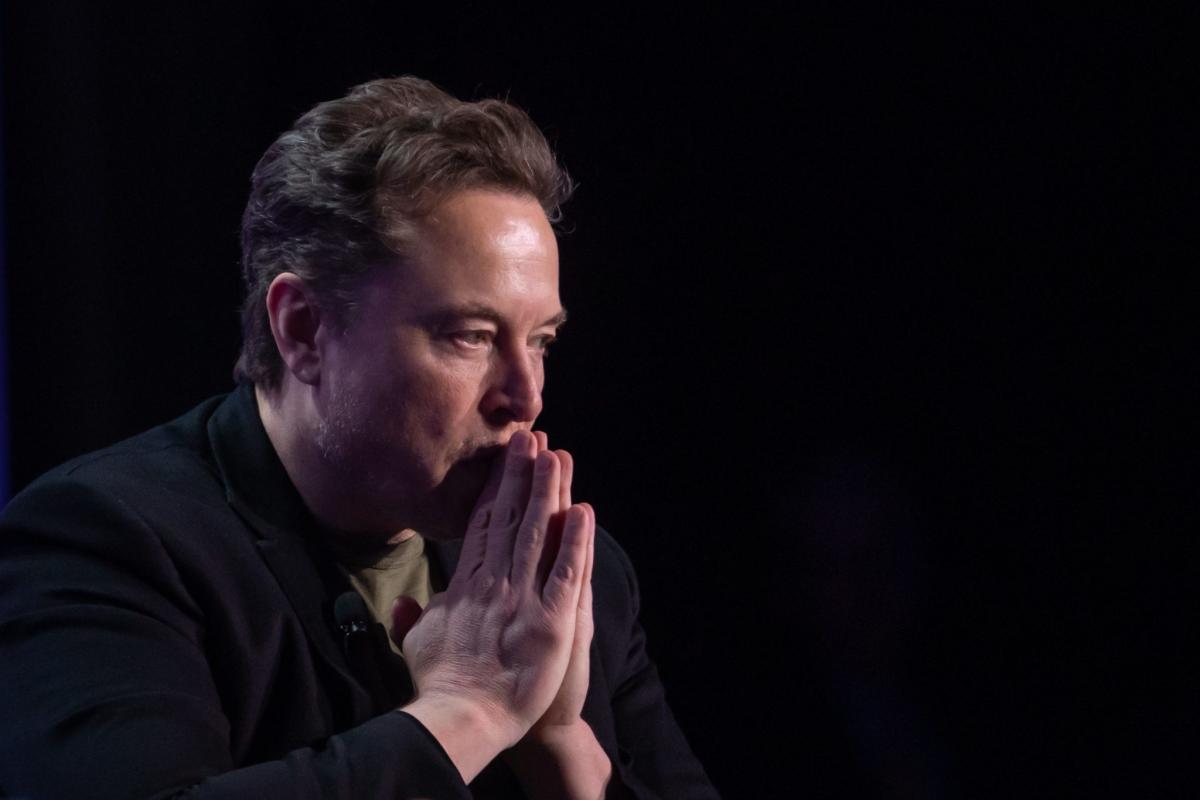
Elon Musk gave Bill Gates advance warning on Tuesday not to trifle with him again. The Microsoft cofounder faces annihilation if he makes any further attempt to bet against Tesla.
That’s because Musk believes he will have transformed the carmaker into an AI colossus worth a staggering $30 trillion as soon as Tesla completes its pivot from selling EVs first and foremost to operating a lucrative fleet of robo-taxis and humanoid robots.
“Once Tesla fully solves autonomy and has [its droid] Optimus in volume production, anyone still holding a short position will be obliterated,” he posted to social media on Tuesday. “Even Gates.”
😂
Once Tesla fully solves autonomy and has Optimus in volume production, anyone still holding a short position will be obliterated. Even Gates.
— Elon Musk (@elonmusk) July 2, 2024
The duo’s rivalry became public after an exchange leaked in 2022 showing the world’s wealthiest entrepreneur had refused to support Gates’ charitable work upon learning the latter still had a half billion dollars riding on a wager the Tesla stock price would fall.
“Sorry, but I cannot take your philanthropy on climate change seriously when you have a massive short position against Tesla, the company doing the most to solve climate change,” Musk wrote in the undated text messages.
By the time those messages had leaked, Gates was already regretting his bearish call on Tesla. It’s unclear whether he still has a position in the stock, and he could not be reached by Fortune for comment.
Musk’s warning that shorts will be “obliterated” is, however, a bold claim for someone whose company had been the worst-performing name in the S&P 500 this year.
Tesla vehicle sales are down 6.6% through the first half of the year; his Cybertruck has struggled to meet its high expectations; and he finally buried Tesla’s target of boosting volumes from 1.8 million EVs last year to 20 million by 2030.
Musk builds floor under the stock since April
But Musk is not one for backing down in the face of adversity, and he’s dispatched other famous Tesla shorts like David Einhorn and Jim Chanos, who made a fortune betting against Lehman Brothers and Enron, respectively.
In fact, the Tesla CEO has been on a rebound ever since he put a floor under the stock in April.
First, he teased the unveiling of a new “CyberCab” robo-taxi model, implying he will finally solve autonomy. Then he announced that 2025 could see a return to EV sales growth with new low-cost models, marking the bottom in the stock.
Tesla Robotaxi unveil on 8/8
— Elon Musk (@elonmusk) April 5, 2024
Lingering concerns that the totemic CEO might resign from the company entirely over the loss of his 2018 compensation deal—now worth a whopping $70 billion at the current stock price—were all but put to bed last month when its second biggest investor, Vanguard, joined with others to support him.
Finally, Tesla revealed on Tuesday that it had staved off an even steeper decline in Q2 vehicle sales by liquidating excess inventory. Throttling EV production to its lowest level since the third quarter of 2022 meant he had spare battery cells he could now plow into his stationary energy storage business, more than doubling its already record Q1 volume to the unheard-of amount of 9.4 gigawatt-hours deployed.
Tesla has now added $100 billion in market cap in the space of the past two days.
It is trading at 70 times next year’s earnings, a steep multiple even for a growth stock, let alone one whose revenue and earnings in 2024—the period with the greatest visibility—are both forecast to shrink.
However, if you’re one of the investors who believes Musk will do for robot butlers what he did for EVs, it’s a trifle.
In his mind, there will be a robot not just in every business or every home, but for everyone—from toddler to senior.
He anticipates demand, therefore, at 1 billion droids per year, with Tesla conservatively controlling a tenth of the global market.
Tesla worth a third of the world’s current combined GDP?
He would sell these Optimus robots, which currently are still in their early prototype stage, at a price tag of $20,000 each, even though unit production costs will only tally $10,000, leaving him a 50% margin per robot.
Total annual profits in that scenario would hit $1 trillion, which, coupled with a fairly standard earnings multiple of 25, yields a market cap of $25 trillion.
Add a paltry $5 trillion to the robo-taxi fleet once it is launched, and you’re talking about real value for investors buying in at the current $740 billion market cap.
The problem with this kind of back-of-the-envelope math is that Musk’s assumptions can be off by orders of magnitude.
Musk predicts the market’s unit volume is much closer to smartphone demand, which costs nowhere near the $20,000 he anticipates. Cars are a better proxy here, and they tend to max out at 100 million new vehicles a year, owing in part to their much higher price.
Chanos, for example, argued Musk’s latest prediction means Tesla would have a market cap equivalent to nearly a third of the total annual economic output of the entire world.
Take, for example, his calculus on Tesla’s now-defunct 2030 annual volume target. Most companies with serious targets do a bottom-up macroeconomic analysis of their markets and the projected demand over time for the product categories in which they compete.
By comparison, Musk derived his 20 million EV sales figure, an amount greater than the two largest carmakers in the world combined, by taking the global installed fleet of 2 billion cars already on the road and spitballing an assumption Tesla could replace 1% of that every year.
No wonder it was buried well before 2030.
Unless Musk can produce solid figures this time to back up his claims, maybe Gates will take him up on his bet.
This story was originally featured on Fortune.com
EMEA Tribune is not involved in this news article, it is taken from our partners and or from the News Agencies. Copyright and Credit go to the News Agencies, email news@emeatribune.com Follow our WhatsApp verified Channel





